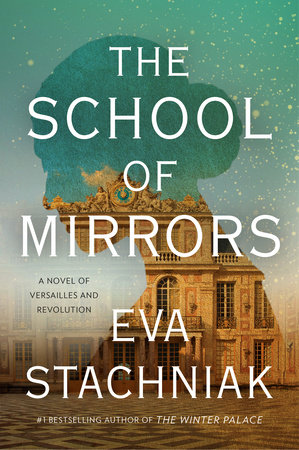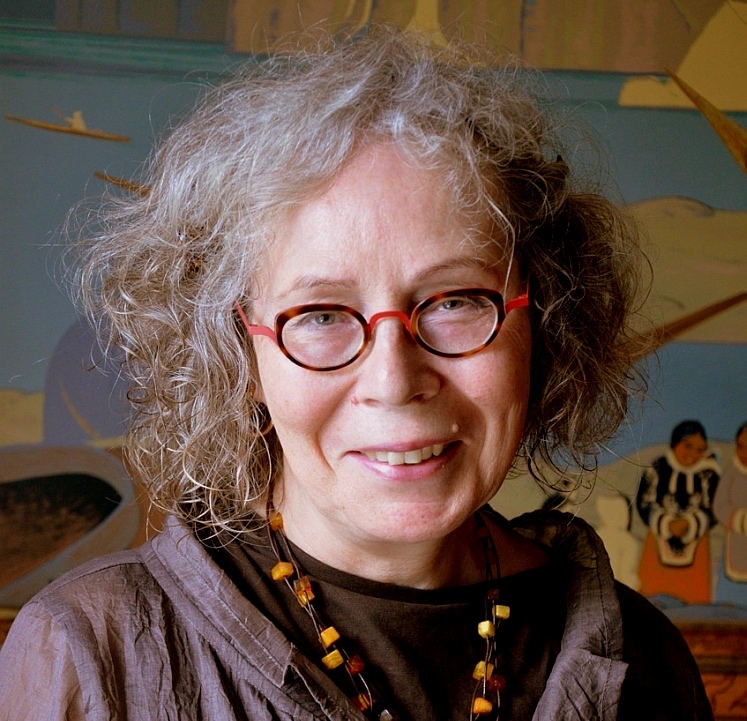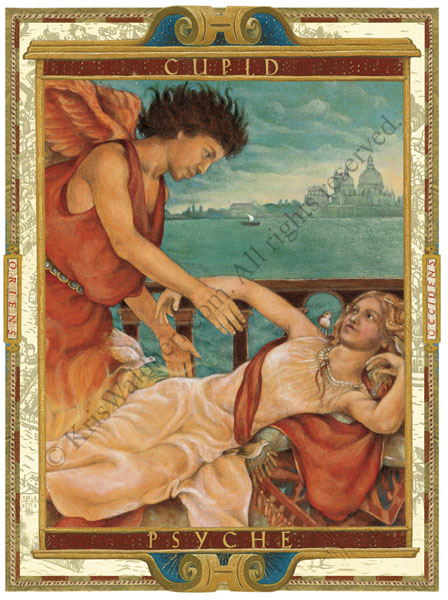Interview with Eva Stachniak on The School of Mirrors

I’m so delighted to welcome my author friend Eva Stachniak here today—and just in time for the publication of her latest historical novel, THE SCHOOL OF MIRRORS! Eva’s prose is simply stunning: lyrical, intimate, and insightful. I was privileged to read an advance copy of THE SCHOOL OF MIRRORS and found myself completely immersed in Eva’s sweeping recreation of 18th-century France in all its glories and terrors. By the time I turned the last page, I’d felt as though I’d journeyed through that tumultuous era firsthand.
Here’s a brief description of THE SCHOOL OF MIRRORS: During the reign of Louis XV, impoverished but lovely teenage girls from all over France are sent to a discreet villa in the town of Versailles. Overseen by the King’s favorite mistress, Madame de Pompadour, they will be trained as potential courtesans for the King. When the time is right, each girl meet a mysterious but splendidly dressed man who they’re told is merely a Polish count. Living an indulgent life of silk gowns, delicious meals, and soft beds, the students at this “school of mirrors” rarely ask questions, and when Louis tires of them, they are married off to minor aristocrats or allowed to retire to one of the more luxurious nunneries.
THE SCHOOL OF MIRRORS is the story of a mother and a daughter in eighteenth-century France, beginning with decadence and palace intrigue at Versailles and ending in an explosive new era of revolution. Learn more here.
————————————
 KRIS WALDHERR: Though THE SCHOOL OF MIRRORS is inspired by history, your mother and daughter main characters—Veronique and Marie-Louise—are fictional. After writing about Catherine the Great and Bronia Nijinska, was this a pivot for you? Did it affect your writing process? How did it differ from your previous novels?
KRIS WALDHERR: Though THE SCHOOL OF MIRRORS is inspired by history, your mother and daughter main characters—Veronique and Marie-Louise—are fictional. After writing about Catherine the Great and Bronia Nijinska, was this a pivot for you? Did it affect your writing process? How did it differ from your previous novels?
EVA STACHNIAK: It was a pivot, and it did affect the writing process. The Chosen Maiden, my Bronia Nijinska novel, required long hours in the archives and as much as I loved sifting through the remnants of Bronislava Nijinska’s life, I often longed to write a novel about fictional characters whose destiny I could control. Hence Veronique Roux and Marie-Louise, a Deer Park girl and a Parisian midwife, women who could’ve existed but who are also born out of my own imagination.
How did it affect the writing? It made it harder at first. I could not rely on historical material which provided me with facts of their lives, no dates of birth, no parents, partners, children… Every pivotal moment in their lives had to be decided upon. Every decision carried consequences, opened some possibilities, closed others. It was both exhilarating and daunting. But as the novel progressed, I began to relish the freedom of plotting. By then I knew enough about my characters to know which choices they would have made.
This is when I stopped fretting and I let myself dream.
KW: I was astonished at the depth of your research for THE SCHOOL OF MIRRORS, which really illuminates the Versailles of Louis XV and the Paris of the French Revolution with immediacy and intimacy. When you research, do you have a particular system you use? How do you decide what goes into your story, and what stays out?
ES: The idea for The School of Mirrors came from a fragment in the memoirs of Nicole du Hausset, lady’s maid to Madame de Pompadour who describes being asked to take care of a pregnant girl and her child. The girl has been Louis XV’s mistress, and the king is expecting Madame de Pompadour to make all necessary arrangements. The scene intrigued me so much that soon I was deep into researching the mysterious Deer Park where young girls were groomed for the King’s enjoyment and the role Madame de Pompadour played in the procurement of these girls. As it always is, I found out far more than I could possibly use, but all of it was helpful for making the places and people I described vivid in my imagination.
My instinct is to follow all research leads at first, just to get some basic understanding of the world I’m learning to inhabit. Once I can orient myself well enough, I search for answers to specific questions. Who were these Deer Park girls? Who procured them? How? How much did Madame de Pompadour know? The queen? The king’s daughters? What happened to the girls once the king tired of them? What happened to their children? With time, questions became even more narrow, more specific. How much did the French servants earn at that time? What were their duties? What did King’s valet de chambre do all day? Where did he live? How did he dress? All these details help me visualize my characters, hear their voices and their thoughts. Once I have that, the writing takes care of itself.
KW: To my mind, one of the main themes in THE SCHOOL OF MIRRORS was about mothers and daughters, and how women are affected by this most primal of relationships—I was very moved by it. In addition, two main characters are midwives, which mirrors this theme. Can you speak a little about this? Was it a conscious decision when you set out to write your novel? Or did it emerge organically?
ES: This novel emerged in very natural stages. It started with a pregnant Deer Park girl. To go any further I needed a midwife. This is when I came across The King’s Midwife, a biography of Madame du Coudray written by a California historian Nina Gelbart who not only taught me all I needed to know about French midwifery under Louis XV but—indirectly–determined the life of Veronique’s daughter, Marie-Louise. It was the spirit of Madame Du Coudray, her dedication to saving the lives of mothers and babies, her mission to spread the knowledge of midwifery all over France, that made me set the second part of the novel amid Parisian midwives.
It turned out to be a perfect choice, bringing forth the dominant theme of the novel, the relationship between mother and daughter. I’m touched to hear that you were moved by it. I too see it as primal, determining so much in our lives.
KW:. A writerly question: The first part of your novel is written in a very fluid point of view, which really brings the court of Versailles to life. It alternates with Veronique’s first person experience in the “school of mirrors”, when she’s brought to Deer Park to become a mistress to the king. Later on, you switch to the third person perspective of Marie-Louise for the remainder of the book. All three points of view are masterfully handled. Was this a conscious decision for you as a writer? How tricky was this to do?
ES: Your questions make me realize how organic and intuitive the writing of this novel has been all along. Veronique’s voice came to me first, but I knew it was not enough to tell the story of her life. Veronique was a pawn in too many powerful court games. She was impressionable and naïve at first, hurt and deeply wounded later. I needed other voices to tell her story. Hence the points of view of Madame de Pompadour or Dominique Lebel who was the chief enabler of the King’s sexual whims.
When the story switched to Marie-Louise, her voice came to me as forceful and determined from the start. Marie-Louise, without knowing who she was, had always something regal about her, though not in ways her father would have appreciated. I could trust her with telling her own story, but since I wanted to watch her and hear her speak, third person became a natural choice.
KW:. Finally, what’s next for you? Will you continue to write about the 18th century? Or something entirely new?
ES: Still the 18th century. A woman who captured my imagination this time is a wife of a trickster, masonic cult leader, and natural healer. He is Giuseppe Balsamo, better known as Count Cagliostro, who often popped up when I researched my other novels: She is Seraphina Balsamo, or Countess Cagliostro, his disciple and his victim, until she ultimately revolts against his powerful grip.
I’m still getting to know her, still figuring out what story do I want to tell, which of the many strands are important.
Thank you, Eva, for this wonderful interview, and happy book birthday! I adored THE SCHOOL OF MIRRORS—to learn more or purchase, visit Eva’s website here.


